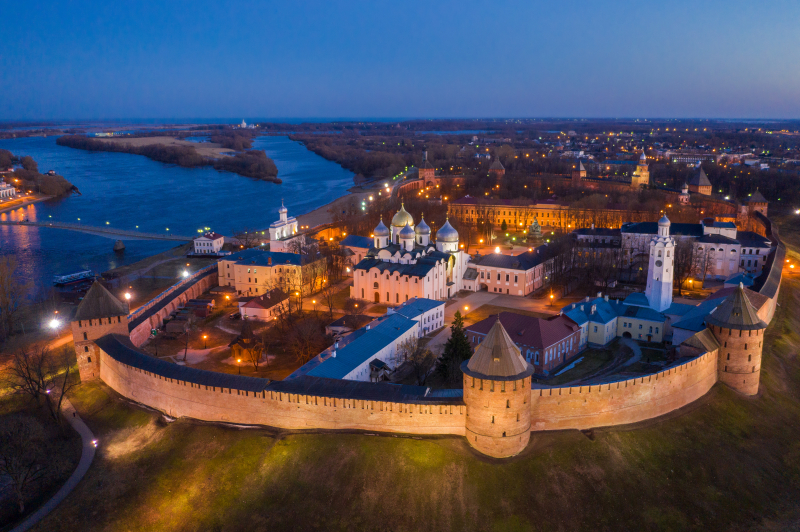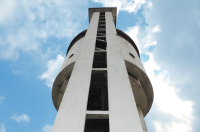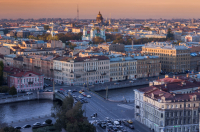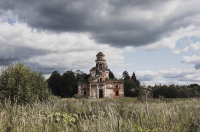Kremlins are traditional Russian fortified citadels mostly built around 14-17th centuries consisting of huge walls and towers that protect a city’s very heart, its most ancient core, which often includes the main local cathedral and administrative buildings. Back in the day, capturing the kremlin meant seizing the entire city.
In the Novgorod and Pskov Republics, that was where the veche was held, which is logical, as it’s the perfect place for it – there’s lots of open space, plus, the participants were surrounded by a stronghold on one side and the most important local temple on the other side. Surely, this must’ve added to the feeling of responsibility.
Many kremlins were initially wooden and soil fortifications that developed into massive stone or brick citadels. They’ve been around for centuries and survived many attacks, which inevitably lead to lots of damage, but thanks to the work of restorers, we can still enjoy their grandeur.
Back in the day, there were around 50 kremlins all over Russia. Today, only a dozen of them are still in good condition: the ones located in Astrakhan, Kazan, Kolomna, Moscow, Nizhny Novgorod, Veliky Novgorod, Pskov, Rostov, Ryazan, Tula, Tobolsk, and Zaraysk.
I’ve only visited four kremlins, so in this article, I’ll focus on them – definitely not because others deserve less attention. There’s a lot to explore about all kremlins and an individual article, if not a book, could be written about each of them, as they all keep their secrets, stories, and hidden gems, but but here is some basic info to start with.
Moscow Kremlin
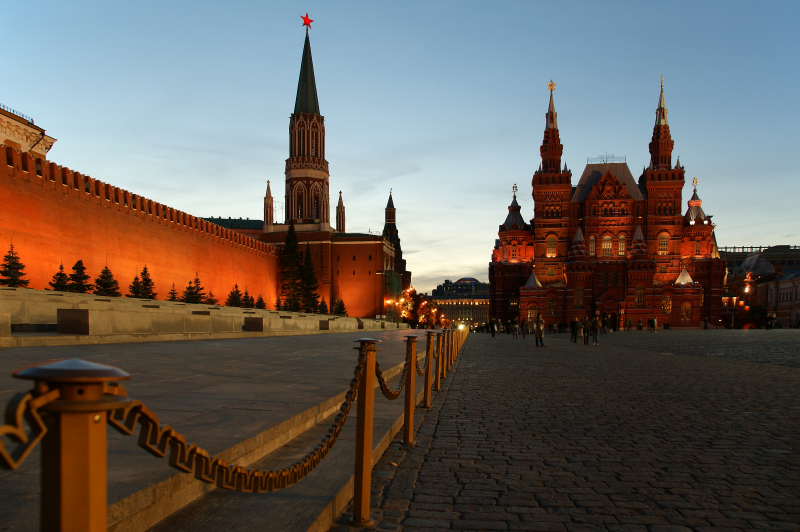
Moscow. Credit: VLADJ55 / photogenica.ru
You’ve probably seen it in pictures, as it’s one of the national symbols of Russia. However, it may surprise you that its location has been inhabited since the Bronze Age, while the first large fortifications appeared there as early as the 12th century. Over the years, it suffered many invasions and was destroyed and rebuilt several times.
During Dmitry Donskoy’s reign, the Moscow Kremlin looked nothing like today – it was actually made of local white stone. A century later, when Moscow increased its power and became the capital, a new gorgeous kremlin was built, which included Uspensky and Blagoveschensky Cathedrals. By the early 16th century, it consisted of massive walls made of brick with many fortified towers, which inspired the construction of similar-looking kremlins all over Russia.
Nizhny Novgorod Kremlin
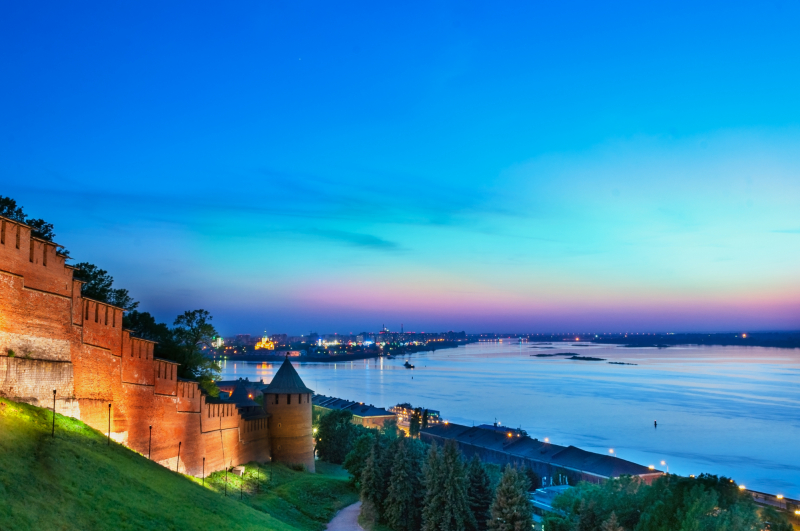
Nizhny Novgorod. Credit: Elf+11 / photogenica.ru
Similar to the Moscow Kremlin, it was upgraded in the early 16th century, when there was a need to increase protection from the possible invasion of the Khanate of Kazan. The ensemble includes 13 towers with a total wall length of over 2,000 meters.
In my opinion, its best feature is the location – it’s placed on a huge hill between two grand rivers, Volga and Oka, and rises above the city in all its greatness. The interior includes lots of sights related to different eras, such as museums, the city’s modern-looking administration building, cathedrals, a stone monument to the city’s first citizens, World War II memorials, and so on. I felt like it was a bit too eclectic, but on the bright side, there’s a gorgeous view and really impressive fortifications.
Veliky Novgorod Kremlin (Detinets)
The first soil-and-wood fortifications on the place of Novgorod Kremlin appeared in the 11th-12th centuries and their stone version was constructed in the 14th century, while the red-brick citadel we can see today was created a century later. Inside, there’s a really culture-filled atmosphere: other than the grand Millennium of Russia monument, the 11th-century Cathedral of St. Sophia, and other historical buildings, there are many museums filled with archeological gems and even an art school. You can see all this if you take a short trip from St. Petersburg.
Pskov Kremlin (Krom)
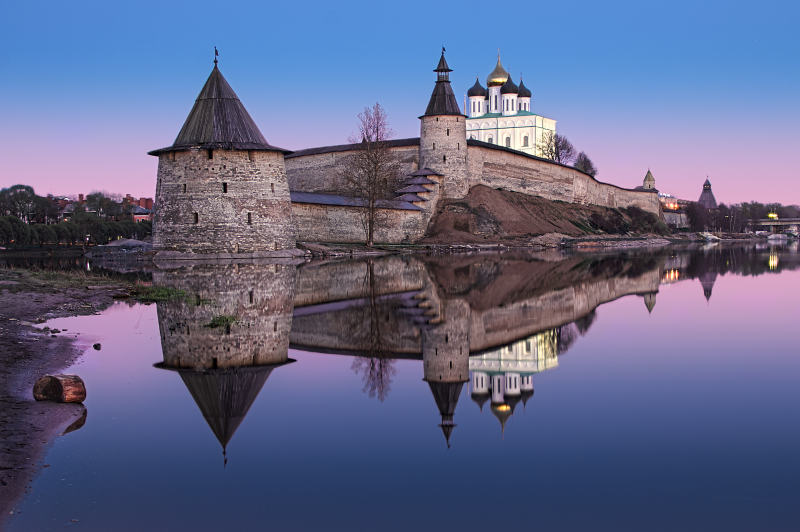
Pskov. Credit: yulenochekk / photogenica.ru
Pskov was first mentioned in a chronicle in 903, but its area was populated much earlier, so the first wooden fortifications appeared in the 8th-10th centuries, which were replaced by stone walls and supplemented by large towers in the years to come. This kremlin is located on a place where two key local rivers, Velikaya and Pskova, meet. Its heart is the Trinity Cathedral, the current body of which was built in 1699. Dovmont’s city, a part of the ensemble, used to be filled with 17(!) churches. Now, all that has remained from them are foundations and miraculously preserved frescoes.
I’m from Pskov, so I can’t avoid being a bit partial, but I think that the Pskov Kremlin is the most authentic-looking one on the list – there are almost no modern buildings inside. Plus, like many other ancient local buildings, it’s made of limestone rather than bricks, which gives it an even more medieval vibe.
You can learn more about Russian architectural wonders here and here.
